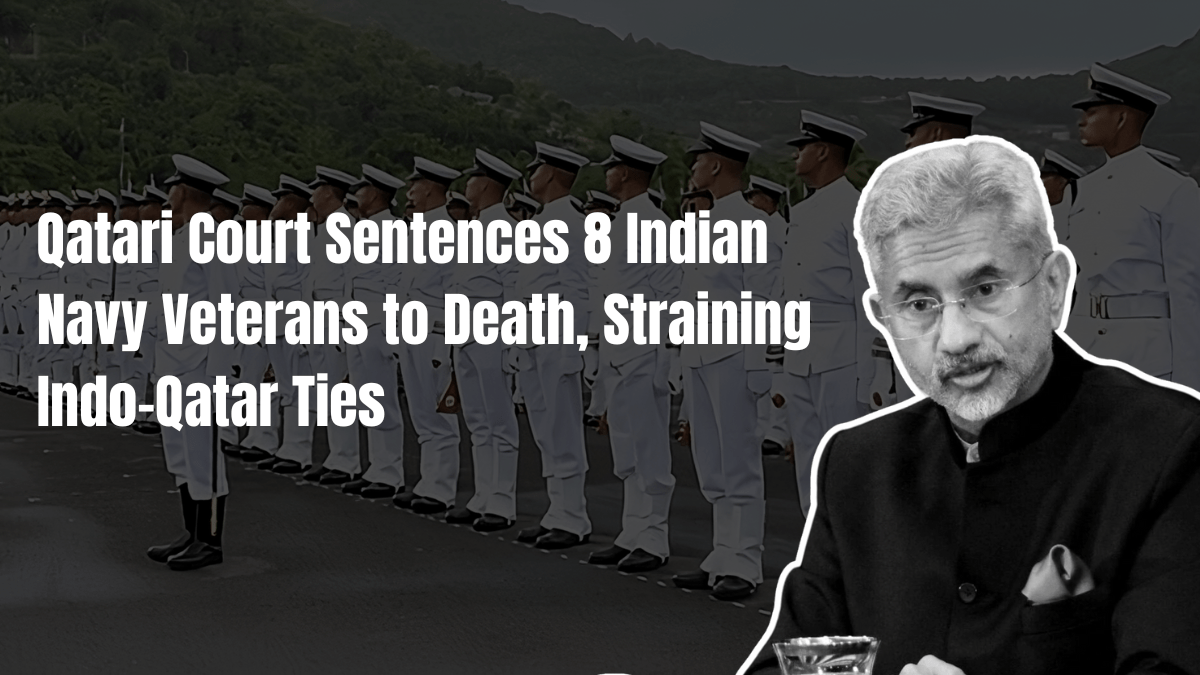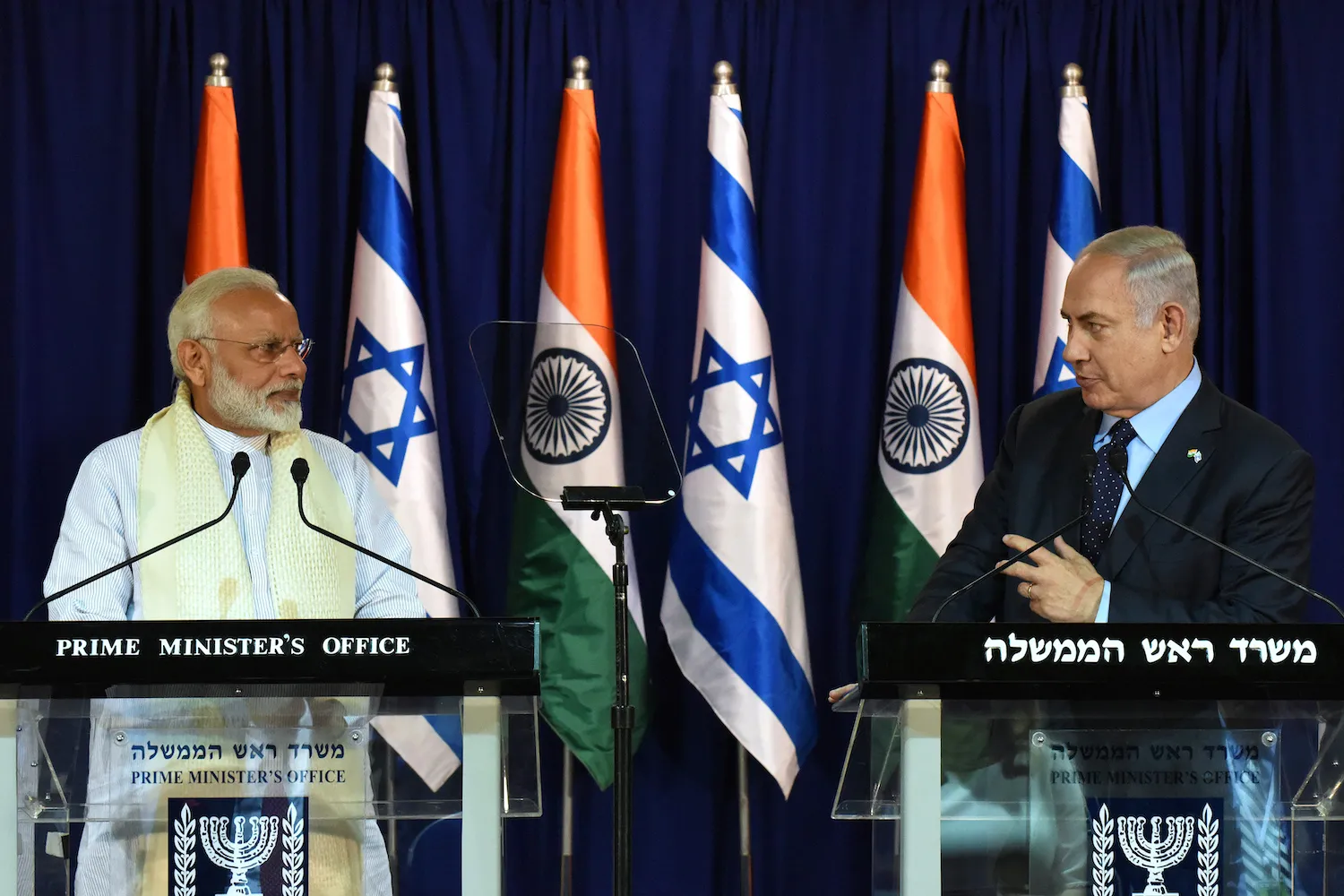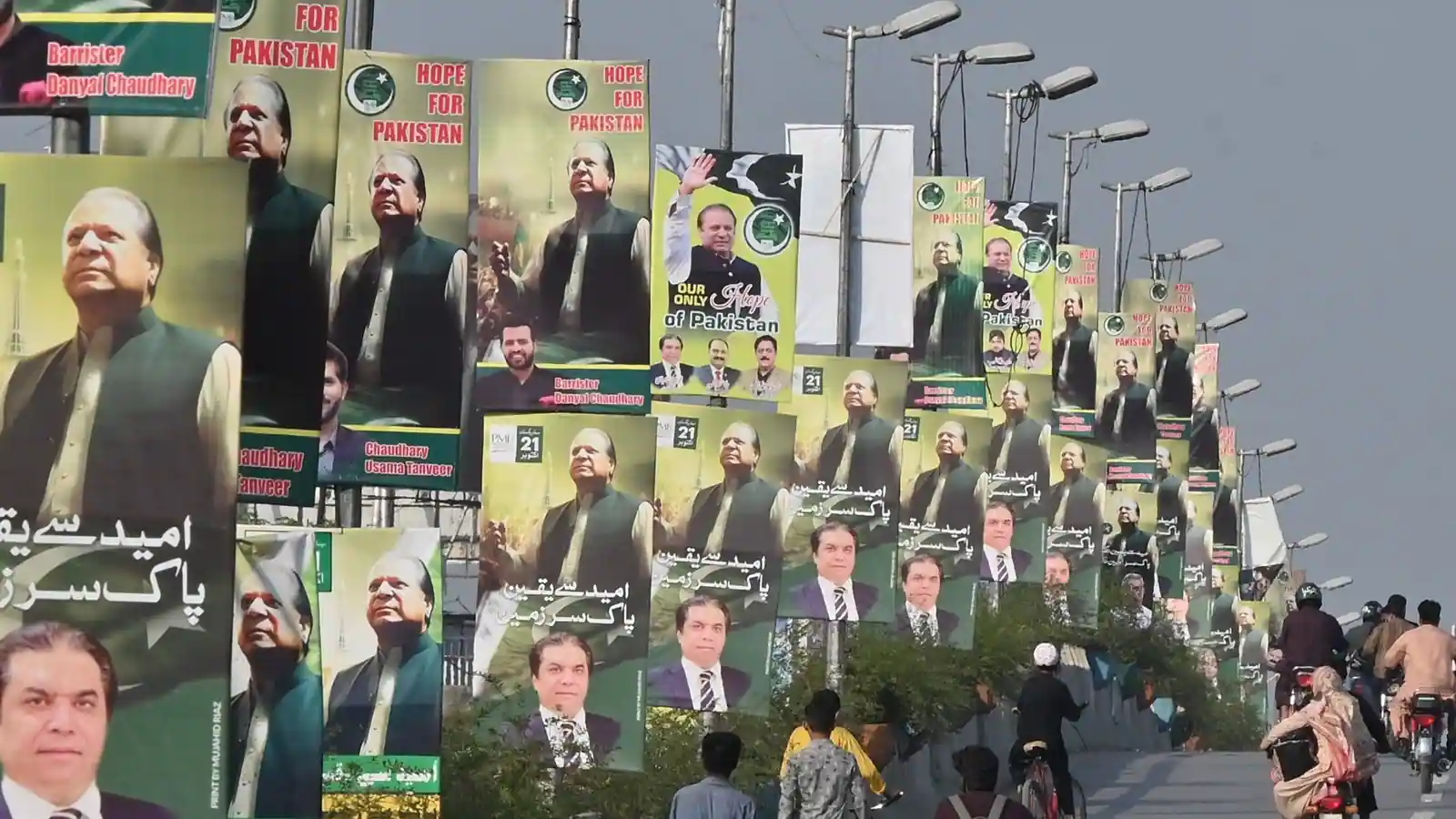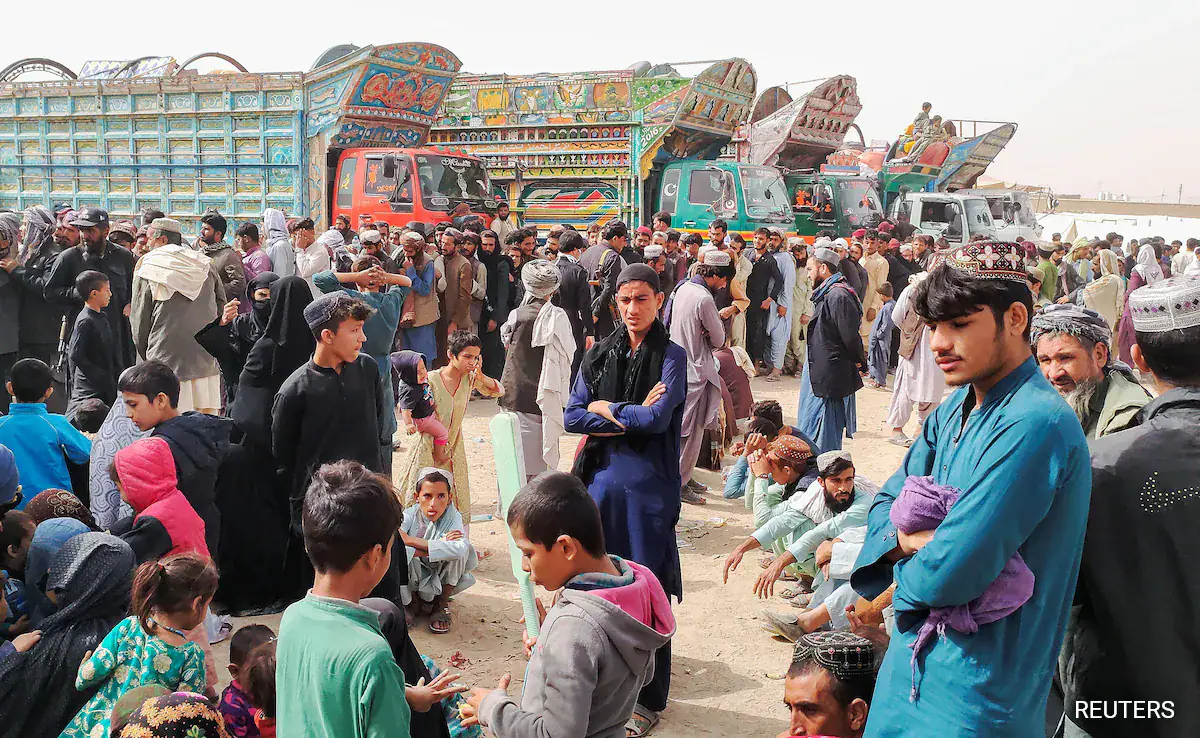India, a growing force in the region and the world, is negotiating a challenging geopolitical environment, especially in light of China’s expansive Belt and Road Initiatives (BRI). While Beijing leads the world in enormous connectivity and infrastructure projects, India is carefully constructing its own geopolitical plans to safeguard its interests and project its might in the Indo-Pacific area and beyond.
Launched in 2013, China’s Belt and Road Initiative (BRI) is an enormous initiative with the goal of improving global connectivity through trade routes, infrastructural development, and economic cooperation. It connects Asia, Europe, Africa, and beyond through the Silk Road Economic Belt and the 21st Century Maritime Silk Road. Although the Belt and Road Initiative (BRI) is praised for its ability to promote economic expansion and advancement, it has also come under fire for its debt-trap diplomacy, lack of openness, and issues with territorial sovereignty.
Beijing celebrated the tenth anniversary of its One Belt, One Road (OBOR) initiative, a major global project, in the middle of October. The fact that officials from 130 nations attended the event, including dignitaries from Indonesia, Pakistan, and Russia, demonstrated the initiative’s broad reach. Beijing has made significant investments in connectivity and infrastructure projects in recent years with the goal of establishing new global alliances and routes.
The One Belt, One Road (OBOR) programme has attracted support and attention from around the world, but it has also come under fire. Concerns regarding the financial sustainability of these enormous projects have led some foreign organisations to refer to it as the “One Belt, One Road, and One Debt” policy. The repercussions of these criticisms have not just affected diplomacy but have had real effects on some nations.
Beijing’s unrelenting pursuit of global connectivity is demonstrated by the proposal to create a Highway Research and Training Centre in Pakistan during the Third Belt and Road Initiative (BRI) summit.
A struggle for influence has emerged between China and India as a result of the changing global environment, especially in the Indo-Pacific area. Both countries now focus on the Indo-Pacific area, which stretches from the eastern coast of Africa to the western coast of the United States. While China has pursued an expanded strategy through a multiplicity of projects, India places greater emphasis on democratic ideals and the rule of law while establishing bilateral relations.
One well-known example is the China-Pakistan Economic Corridor (CPEC), which has sparked worries about going against India’s territorial sovereignty, which the UN Charter recognises as a fundamental right. As a vital part of China’s Belt and Road Initiative, the CPEC links China’s western regions with Pakistan, the Arabian Sea, the Gulf, and the Middle East. Its primary objectives are industrial development, energy, and communication infrastructure. This is in line with China’s ambition for the 21st-century Maritime Silk Road as well as the Silk Road and Economic Belt.
In response, India has worked with the US, the EU, Saudi Arabia, the United Arab Emirates, and other member states on initiatives like the India-Middle East-Europe Economic Corridor (IMEC). This effort, which was announced during the G20 Summit, consists of plans for a high-speed data cable, a hydrogen pipeline, an electrical cable, and a rail link. The US and the EU have taken action to oppose China’s project, despite assertions that the IMEC is not a replacement for China’s Belt and Road project.
Approximately 4,800 km would be covered by the proposed IMEC corridor, which would have northern and eastern wings that would connect India to Europe and the Gulf states, respectively.
But these ambitious intentions are now clouded by the current confrontation between Israel and Hamas. Before hostilities broke out, the King of Saudi Arabia stated that the IMEC’s path would be revealed soon after the G20 Summit. The project’s future may be impacted by the increased uncertainties brought forth by the changing geopolitical environment.
China invented the idea of “route diplomacy,” which is quickly gaining traction globally. Opponents contend that these measures may result in “debt trap diplomacy.” Large-scale grants to developing nations might potentially destabilise their economies due to market underdevelopment and inadequate debt management capabilities, according to research from organisations like the UN Economic and Social Commission for the Asia Pacific.
Given these changes, India’s support is essential for nations that are increasingly dependent on China, both politically and economically. Human needs, including identity, security, acknowledgment, participation, decency, and justice, should be prioritised, with a focus on reducing poverty through work, education, and healthcare. This strategy seeks to protect India’s security and territorial integrity while reducing reliance on China.
India is dedicated to safeguarding its interests and advancing an Indo-Pacific rule-based order, as seen by its geopolitical strategies in the era of the Belt and Road Initiatives. India seeks to establish its influence over China’s ambitious Belt and Road Initiative (BRI) by pursuing its own connectivity efforts, forming strategic alliances, and highlighting international rules. The future of the Indo-Pacific region and beyond will be greatly influenced by India’s diplomatic efforts as the world continues to change in the age of geopolitical manoeuvring and economic interdependence.
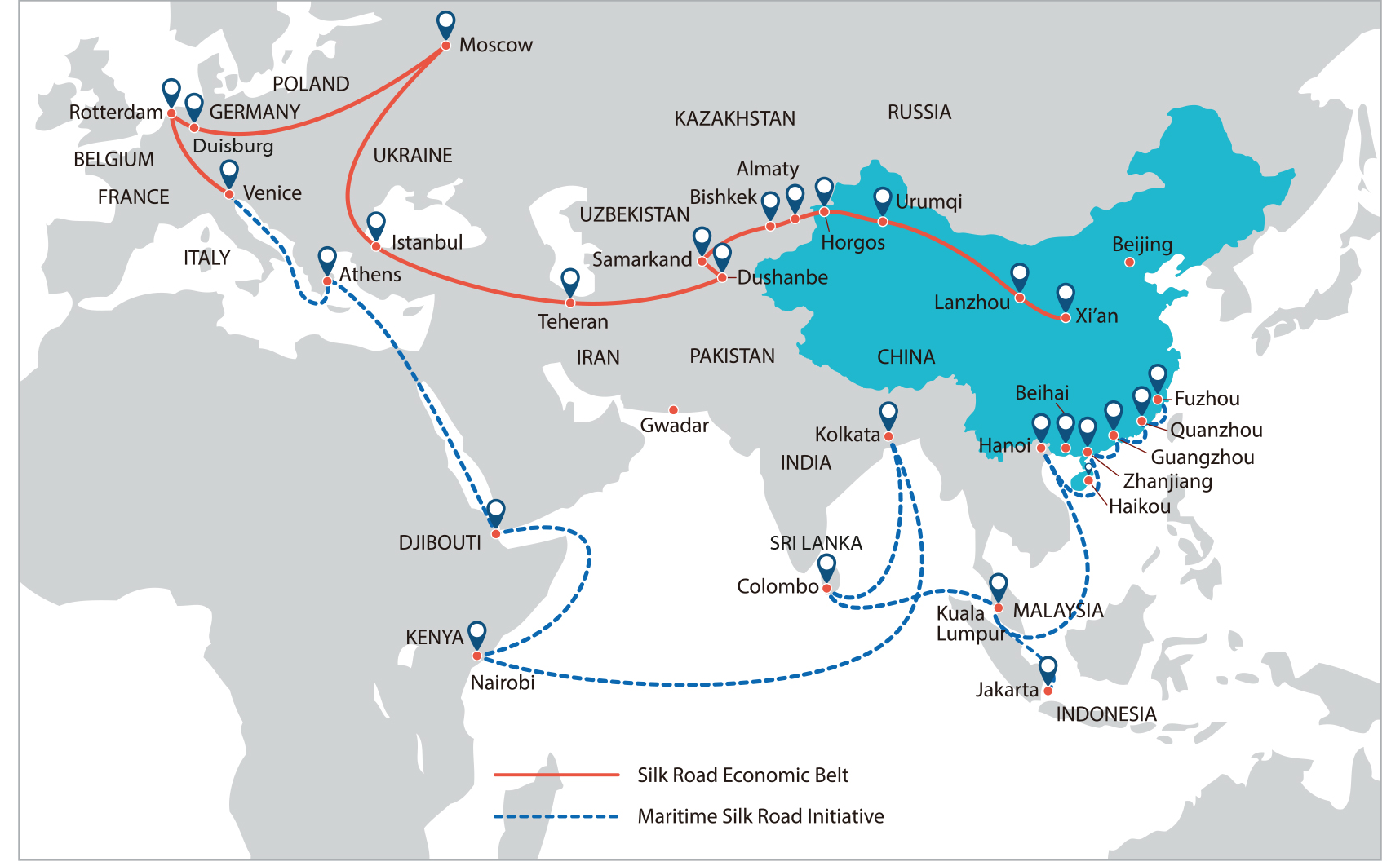

Add a comment


